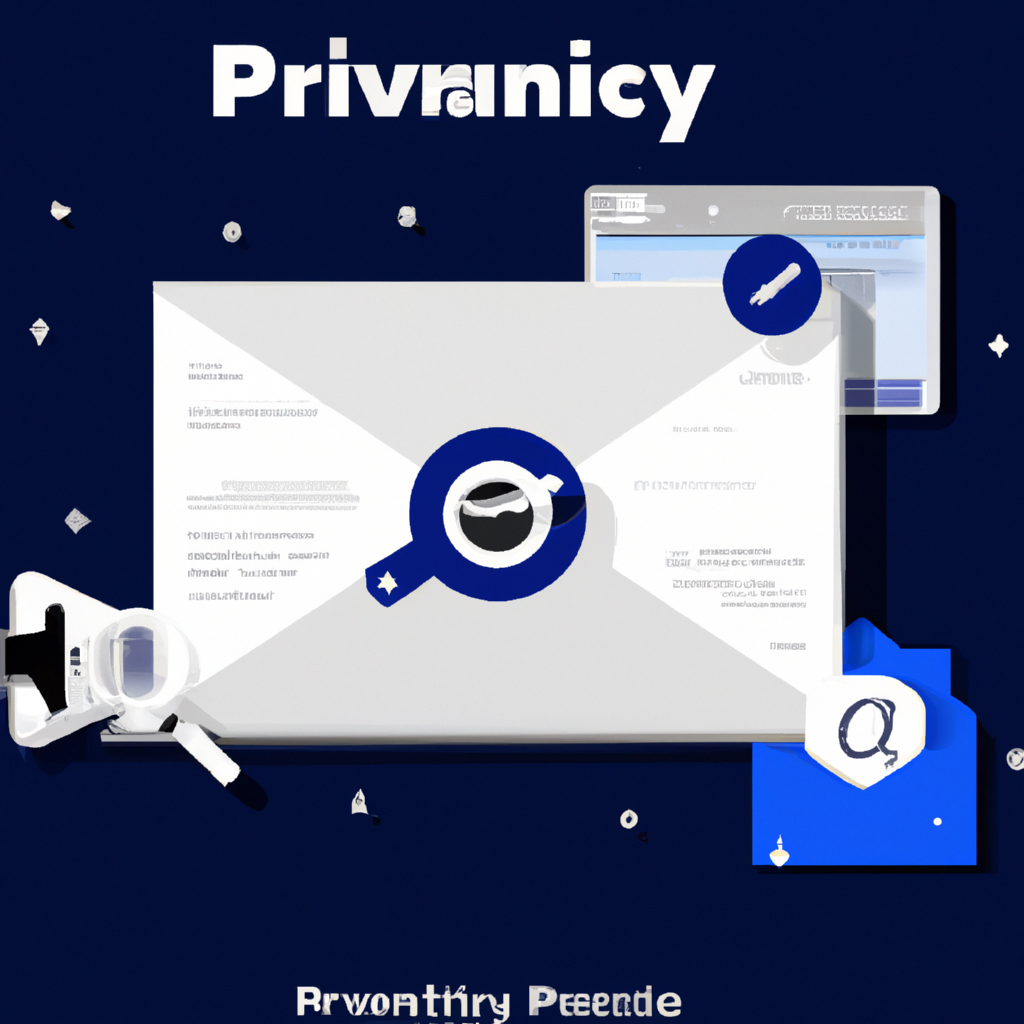
Embrace Privacy by Design
Sending an email securely is like sealing a letter with a wax stamp—only the intended recipient can read it. In today’s digital age, protecting your email communication is essential.
Understanding Email Encryption Basics
Email privacy is a necessity. With end-to-end encryption, only you and your recipient can read your messages. It’s like a locked safe that only you and your intended recipient have keys to.
Insight: Just as a locked safe protects valuables, end-to-end encryption shields your email content from prying eyes.
Setting Up Encrypted Email: Tools and Techniques
Choose FOSS Email Clients
Start with FOSS (Free and Open Source Software) email clients that prioritize user freedom and transparency. Popular options include Thunderbird and K-9 Mail, which support encryption natively.
Step-by-Step: Setting Up PGP
- Install GPG Tools: Download and install GPG Tools or its equivalent for your operating system.
- Generate Keys: Create a public/private key pair within your email client.
- Share Your Public Key: Exchange your public key with your contacts to enable encrypted communication.
- Encrypt/Decrypt Emails: Use the email client tools to encrypt outgoing emails and decrypt incoming ones.
Insight: Adding 2fa (multi-factor authentication) enhances security by requiring a second factor, like a phone or token, in addition to a password.
Creating a Threat Model for Email Communication
Define your threat model to tailor your email security. Consider what you’re protecting, who poses a threat, and how much effort you’re willing to invest. For example, if you’re protecting sensitive business communications from corporate espionage, your security measures will differ from someone protecting personal emails from phishing.
Maintaining Security: Keeping Up with Email Threats
Stay informed about evolving threats by subscribing to reliable sources for threat intelligence and updates on email vulnerabilities. Maintainers play a crucial role by providing updates and patches to keep your software upstream with the latest security enhancements.
Balancing Usability and Security in Email
Encryption can seem daunting, but balancing usability and security is achievable. Use email clients with user-friendly interfaces and integrate encryption into your daily workflow seamlessly.
Insight: Streamlining your communication process not only enhances security but also boosts efficiency without compromising privacy.
Conclusion: Informed Choices for Secure Communication
Reiterate the importance of making informed choices that prioritize privacy by design. Regularly review and update your security settings to stay current with new tools and features. By realistically assessing your email privacy needs, you can empower yourself to take actionable steps without unnecessary complexity.